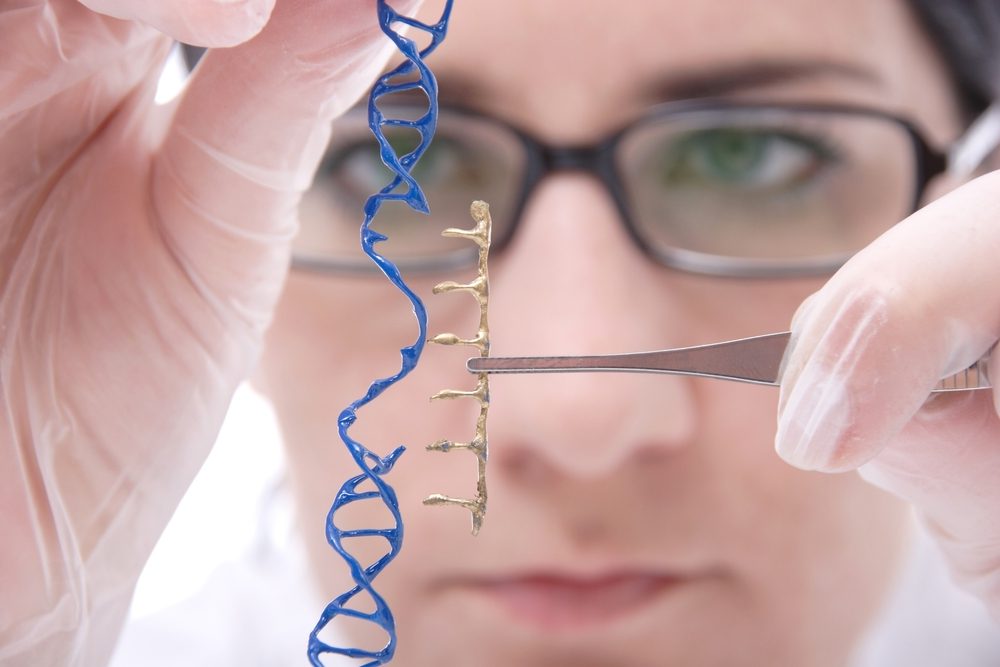Promising Gene Therapy For Sickle Cell Ready for Clinical Trial

A new engineered gene therapy virus, inserted into blood stem cells and then transplanted into mice with sickle cell disease, markedly reduced red blood cell damage according to the study “Lineage-specific BCL11A knockdown circumvents toxicities and reverses sickle phenotype,” published in the Journal of Clinical Investigation.
A clinical gene therapy trial is expected in the coming year in which researchers will use a gene manipulated harmless virus to prevent the “sickling” of red blood cells. The new gene therapy is based on research going back to the 1980s which revealed that people with a milder form of sickle cell disease carried a fetal form of hemoglobin.
This form is present in the human fetus and normally tapers off after birth. It differs most from “adult” (beta) hemoglobin because it is able to bind oxygen to a larger extent and is not seen to “sickle”.
In later studies, Dana-Farber/Boston Children’s Cancer and Blood Disorders Center researchers showed that suppressing a gene (BCL11A) that acts as an “off-switch” on the fetus hemoglobin, could restart the production again. With this approach the team was able to replace much of adult hemoglobin with the fetus form, in mice with sickle cell disease.
Dr. David A. Williams and colleagues from the center later adopted the approach.
“BCL11A represses fetal hemoglobin and also activates ‘adult’ hemoglobin, which is affected by the sickle-cell mutation,” Williams, the study’s senior author, said in a news release. “So when you knock BCL11A down, you simultaneously increase fetal hemoglobin and repress sickling hemoglobin, which is why we think this is the best approach to gene therapy in sickle cell disease.”
The new team tried to turn this insight into a therapy approach but they faced a problem. They discovered that the BCL11A gene also plays an important role in blood stem cells — which caused serious problems with the general blood development.
After some engineering in which the team used different gene techniques to silence the “switch-off” gene, without influencing the general blood development, they inserted the whole package into a lentivirus made for safe use in humans. Blood stem cells treated with this gene therapy were then successfully transplanted into mice and reduced the signs of sickle cell disease.
Additionally, in red blood cells from mice and four patients with the disease, the fetal hemoglobin surpassed the sickling “adult” hemoglobin, making up at least 80 percent of the total hemoglobin in the cell. According to the researchers, these results are more than enough to avoid the disease.
Williams believes this gene therapy approach will substantially increase the ratio of non-sickling versus sickling hemoglobin in patients, and his team is now taking the final steps toward FDA clearance for a clinical gene-therapy trial in sickle cell disease, that is expected to begin in early 2017.






